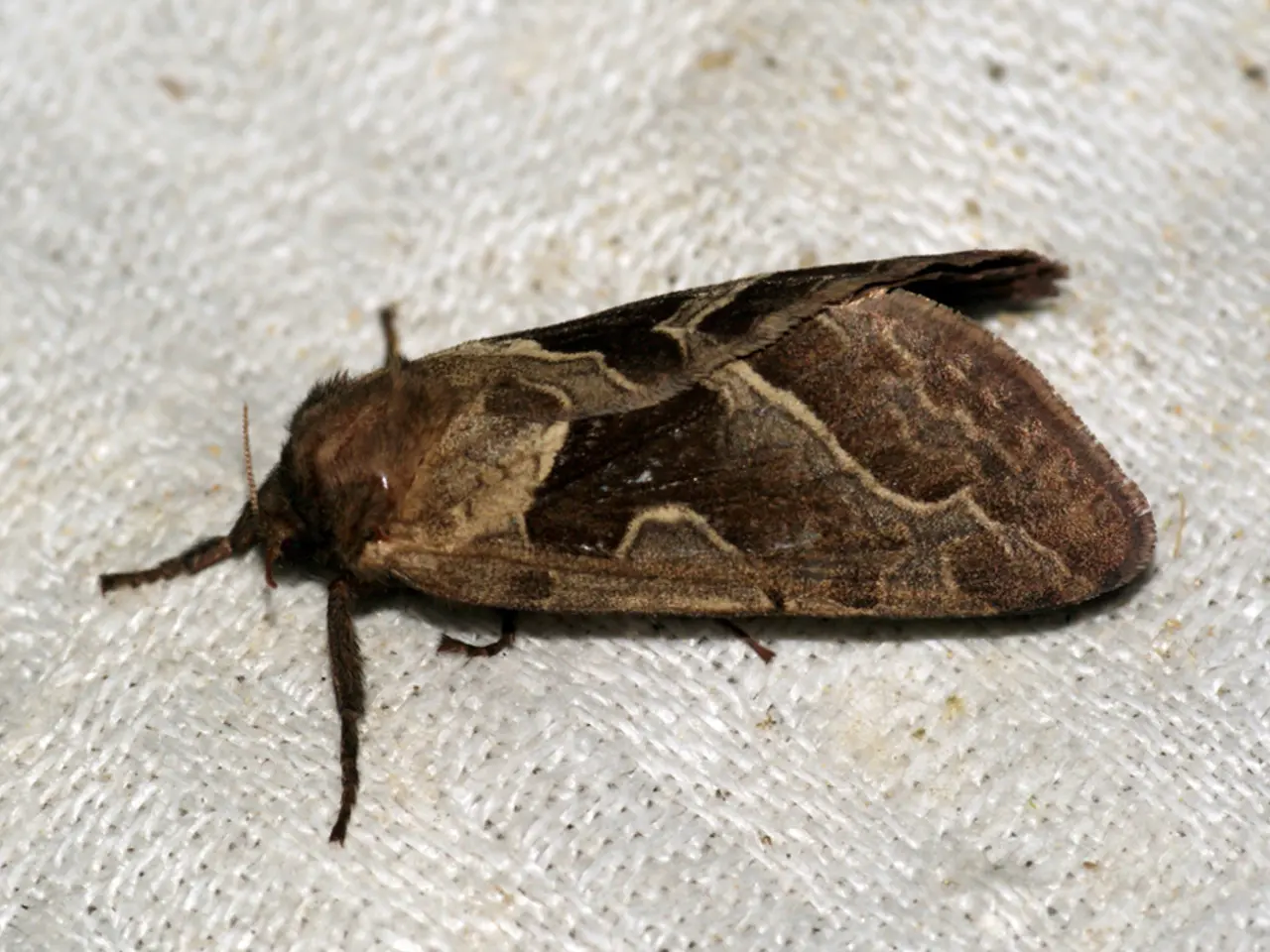Hives after childbirth: Examining signs, origins, and remedies
Postpartum Hives: Understanding and Managing a Common Postnatal Condition
Postpartum hives, also known as urticaria, are a common health issue that can affect women after giving birth. These itchy, raised bumps or welts on the skin are often the result of immune system changes influenced by hormonal shifts after childbirth, particularly due to the hormone prolactin produced during breastfeeding.
Causes and Risk Factors
Postpartum hives can be triggered by a variety of factors. Hormonal fluctuations, mainly the drop in pregnancy hormones and rise in prolactin during breastfeeding, play a significant role [1][2]. Other causes include immune system shifts and mast cell activation, stress and lack of sleep postpartum, exposure to environmental triggers, medications, underlying medical conditions, and even medical treatments such as a blood transfusion [1].
People with African American heritage may have an increased risk of developing postpartum hives, as well as those with a history of eczema or asthma and allergies [1]. Additionally, smokers may have an increased risk [1].
Symptoms
The symptoms of postpartum hives are relatively consistent. They typically appear as raised, itchy, red bumps or welts on the skin. The itching can be persistent or intermittent, and the hives may appear sporadically, varying in size and shape [1].
Treatment
Treatment for postpartum hives often involves antihistamines such as Allegra, which can help reduce itching and rash. In some cases, these medications may be combined with others like Tagamet (cimetidine) to boost their effect [1].
Avoiding known triggers, maintaining good skin care, and avoiding scratching can also help manage symptoms. Ayurvedic remedies, including natural anti-inflammatory herbs like turmeric, can complement treatment with minimal side effects [3].
If hives persist or worsen, it's essential to consult a dermatologist or healthcare provider for tailored treatment [1][4]. In some cases, medical treatment may include over-the-counter or prescription antihistamines, corticosteroids such as prednisone, immune modulators, and epinephrine auto-injectors in cases of anaphylaxis.
Prevention and Home Remedies
Preventing postpartum hives involves identifying and avoiding triggers such as allergens, extreme temperatures, and stressful situations. Relieving symptoms at home can be achieved by applying a cool compress, using anti-itch creams, avoiding scratching, soaking in a colloidal oatmeal bath, wearing loose, comfortable clothing, bathing in lukewarm water, using fragrance-free soaps, and tracking symptoms in a journal.
Important Considerations
It's crucial to note that postpartum hives are not contagious and do not harm the baby. However, persistent or severe cases should be medically evaluated to rule out other serious conditions. If people are breastfeeding, they should check with a healthcare professional whether medications or alternative treatments are safe to use.
In some cases, high prolactin levels caused by breastfeeding may cause an allergic reaction, leading to postpartum hives. Treatment with bromocriptine, a dopamine antagonist that reduces prolactin, may be effective in such cases [1].
Postpartum hives can appear anywhere on the body but commonly affect the chest, abdomen, back, upper arms, buttocks, and upper legs. They can also occur on mucous membranes such as the eyelids and mouth.
A 2022 case study details a rare case of hives during breastfeeding that may be an allergic reaction to high levels of prolactin [2]. A 2018 study found that herbal medicine and acupuncture were effective in treating a case of postpartum hives that did not respond to antihistamines or topical steroids [3].
In summary, postpartum hives arise primarily due to hormone-driven immune changes after childbirth, presenting as itchy wheals that can be managed with antihistamines, lifestyle adjustments, and supportive skin care [1][2][3]. If hives last for 6 weeks or longer, people should contact a doctor to rule out underlying medical conditions.
- Postpartum hives, often occurring due to hormonal shifts and immune system changes, can be linked to conditions like colitis, ulcerative colitis, and psoriasis, which are also influenced by the skin and immunity.
- Depression and mental health issues may be predicted in women experiencing postpartum hives, as the stress and discomfort caused by these skin irritations could potentially lead to mental health challenges.
- Breastfeeding women with postpartum hives might have an increased risk of developing breast cancer, as hormonal imbalances and long-term exposure to high prolactin levels could contribute to cancer cell growth.
- A history of allergies, hives, or skin conditions such as eczema or asthma could make a woman more susceptible to postpartum hives, indicating the importance of health-and-wellness practices to manage allergies effectively.
- Chronic postpartum hives could potentially be managed by dietary adjustments aimed at reducing allergens, as part of an overall approach to skin-care and women's health.
- Science continues to explore the connection between postpartum hives and chronic medical conditions like cancer, with ongoing research focusing on both the underlying causes and potential predictive indicators.
- Antihistamines like Allegra and Tagamet are commonly used to treat postpartum hives, but healthcare providers should also consider prescription medications like immunomodulators or epinephrine auto-injectors in severe cases.
- Aq, ayurvedic remedies like natural anti-inflammatory herbs such as turmeric, can be used alongside conventional treatments for postpartum hives to improve symptom management with minimal side effects.
- Prolactin-induced allergic reactions may lead to postpartum hives, making it important for breastfeeding mothers to consult with a healthcare professional for safe treatment options that don't impact their health or their baby's health.




